The American College of Physicians formally recommends acupuncture for the treatment of back pain. Published in the prestigious Annals of Internal Medicine, clinical guidelines were developed by the American College of Physicians (ACP) to present recommendations based on evidence. Citing quality evidence in modern research, the ACP notes that nonpharmacologic treatment with acupuncture for the treatment of chronic low back pain is recommended. The official grade by the ACP is a “strong recommendation.”
A strong recommendation is also made by the American College of Physicians for the treatment of both acute and subacute lower back pain with heat, massage, acupuncture, and spinal manipulation. The recommendations were approved by the ACP Board of Regents and involves evidence based recommendations from doctors at the Penn Health System (Philadelphia, Pennsylvania), Minneapolis Veterans Affairs Medical Center (Minnesota), and the Yale School of Medicine (New Haven, Connecticut). The target audience for the American College of Physicians recommendations includes all doctors, other clinicians, and the adult population with lower back pain. The ACP notes, “Moderate-quality evidence showed that acupuncture was associated with moderately lower pain intensity and improved function compared with no acupuncture at the end of treatment .” In agreement, the National Institute of Neurological Disorders and Stroke (National Institutes of Health) notes that acupuncture is an effective treatment modality for the relief of chronic lower back pain.
References
1. Qaseem, Amir, Timothy J. Wilt, Robert M. McLean, and Mary Ann Forciea. “Noninvasive Treatments for Acute, Subacute, and Chronic Low Back Pain: A Clinical Practice Guideline From the American College of PhysiciansNoninvasive Treatments for Acute, Subacute, and Chronic Low Back Pain.” Annals of Internal Medicine (2017).
2. Qaseem, et al. Annals of Internal Medicine (2017).
3. Katz J.N. Lumbar disc disorders and low-back pain: socioeconomic factors and consequences.J Bone Joint Surg Am200688 Suppl 2214.
4. Lam M. Galvin R. Curry P. Effectiveness of acupuncture for nonspecific chronic low back pain: a systematic review and meta-analysis.Spine (Philadelphia, Pennsylvania 1976) 201338212438.
5. ninds.nih.gov/Disorders/Patient-Caregiver-Education/Fact-Sheets/Low-Back-Pain-Fact-Sheet. Low Back Pain Fact Sheet, National Institute of Neurological Disorders and Stroke, National Institutes of Health.
6. Nahin, Richard L., Robin Boineau, Partap S. Khalsa, Barbara J. Stussman, and Wendy J. Weber. “Evidence-based evaluation of complementary health approaches for pain management in the United States.” In Mayo Clinic Proceedings, vol. 91, no. 9, pp. 1292-1306. Elsevier, 2016.
7. Martin DP, Sletten CD, Williams BA, Berger IH. Improvement
in fibromyalgia symptoms with acupuncture: results of a randomized
controlled trial. Mayo Clin Proc. 2006;81(6):749-757.
8. MacPherson, H., A. Vickers, M. Bland, D. Torgerson, M. Corbett, E. Spackman, P. Saramago et al. “Acupuncture for chronic pain and depression in primary care: a programme of research.” (2017).
9. Leslie Lingaas. ucsf.edu/news/2014/04/113966/acupuncture-helps-young-patients-manage-pain. Acupuncture Helps Pediatric Patients Manage Pain and Nausea, 2014.
10. Lin, Lili, Nikola Skakavac, Xiaoyang Lin, Dong Lin, Mia C. Borlongan, Cesar V. Borlongan, and Chuanhai Cao. “Acupuncture-induced analgesia: the role of microglial inhibition.” Cell transplantation 25, no. 4 (2016): 621-628.
11. Cevic, C and Iseri, SO. The effect of acupuncture on high blood pressure of patients using antihypertensive drugs. Acupuncture & electro-therapeutics research 2013; 38(1-2).

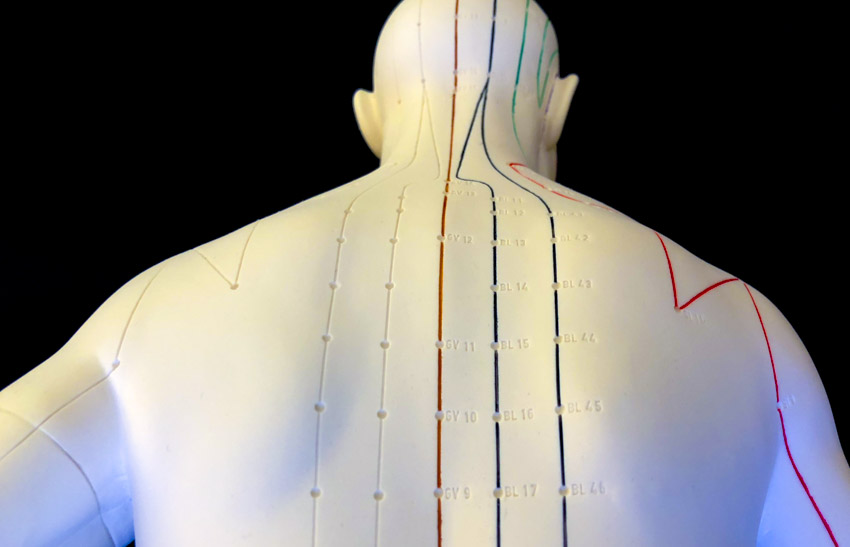
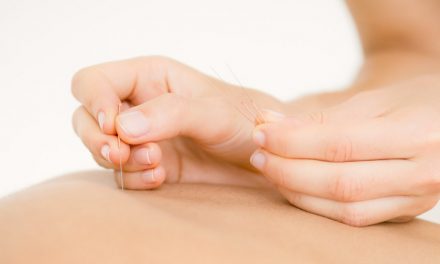
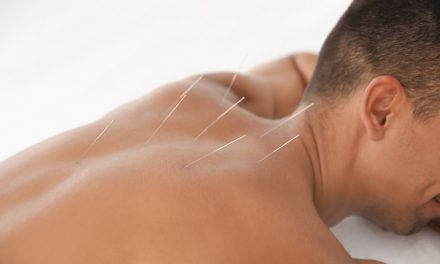
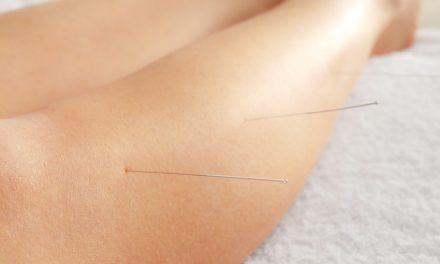
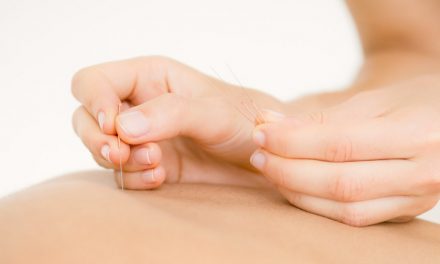
Recent Comments